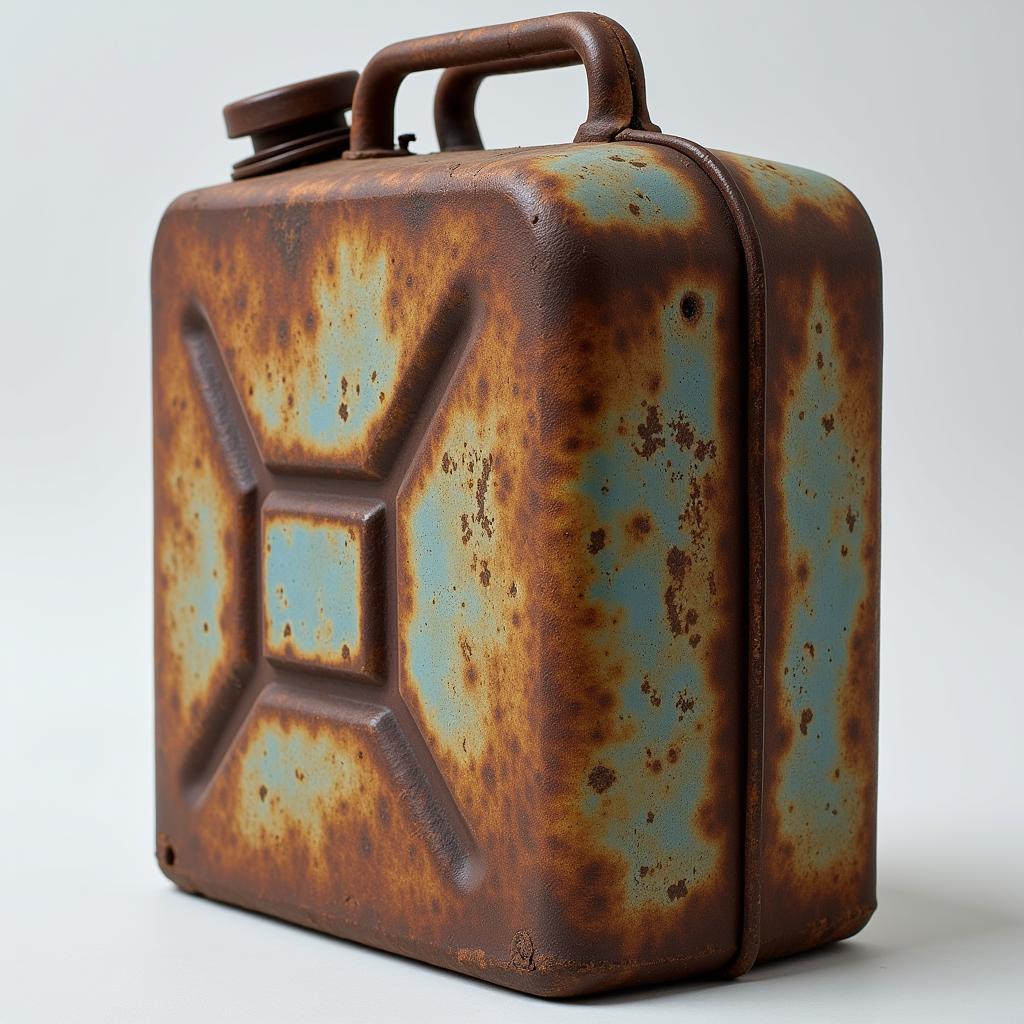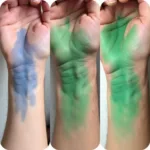You might picture a vibrant, almost neon green when you think of gasoline, thanks to movies and TV shows. But in reality, the color of gasoline is far more nuanced and interesting than that! It’s not just about aesthetics; the color of this vital fuel can tell us a lot about its composition, age, and even its environmental impact. So, let’s dive into the colorful world of gasoline and unravel the mysteries hidden within its hues.
The Natural Color of Gasoline: A Pale Yellow Tale
In its purest form, gasoline is a surprisingly pale yellow liquid. Think of a light, almost translucent shade of lemonade – that’s pretty close to gasoline’s natural state. This pale hue comes from the hydrocarbons that make up gasoline, which are naturally colorless or slightly yellowish.
However, the gasoline we encounter at the pump is rarely in its purest form.
The Additives Symphony: Transforming the Color Palette
To enhance performance, reduce emissions, and meet various regulations, a cocktail of additives is blended into the base gasoline. These additives, each with its own color, contribute to the final hue we see at the gas station.
For instance:
- Antioxidants: These prevent the formation of gums and varnishes, which can clog fuel systems. They can impart a slightly reddish or orange tint to the gasoline.
- Corrosion inhibitors: Protecting metal parts from rust and corrosion, these additives may add a bluish or greenish hue.
- Dyes: These serve a crucial purpose – to differentiate between gasoline grades and prevent misfuelling. You’ll often see yellow dye in regular gasoline, while premium grades might have a pinkish or reddish tint.
The specific combination and concentration of additives vary depending on the manufacturer, region, and gasoline grade, resulting in a spectrum of colors at the pump.
The Aging Factor: How Time Affects Gasoline Color
Believe it or not, gasoline doesn’t stay the same color forever. Like a fine wine (well, not really!), it undergoes changes over time, and its color provides visual cues to its age and condition.
Fresh gasoline is typically vibrant and clear, reflecting the effectiveness of its additives. However, as gasoline ages, it can darken and become cloudy. This is due to oxidation, a chemical reaction with oxygen that can degrade the fuel’s quality.
 Old Gasoline Canister
Old Gasoline Canister
While a slight color shift over time is normal, significantly dark or murky gasoline could indicate contamination, improper storage, or degradation. It’s best to avoid using such fuel, as it can impact engine performance and even damage fuel system components.
Beyond the Rainbow: What Gasoline Color Means for You
Understanding the color of gasoline isn’t just about satisfying curiosity. It can actually help you make informed decisions as a consumer:
- Choosing the Right Fuel: Pay attention to the color coding at gas stations to ensure you’re selecting the correct gasoline grade for your vehicle.
- Assessing Fuel Quality: While not a foolproof method, observing the clarity and color of gasoline can provide hints about its freshness and potential contamination.
- Storing Fuel Safely: If you store gasoline for generators or other equipment, be mindful of its color changes over time and consider using fuel stabilizers to prolong its lifespan.
Frequently Asked Questions
1. Is pink gasoline better than yellow gasoline?
The color of gasoline itself doesn’t indicate quality. The different colors primarily signify different grades of gasoline, which are determined by their octane rating.
2. Can I mix different colored gasoline?
While it’s technically possible to mix different gasoline grades, it’s generally not recommended. Mixing can alter the octane rating and potentially affect your engine’s performance.
3. Why is diesel fuel a different color than gasoline?
Diesel fuel has a different chemical composition than gasoline and typically appears as a pale yellow or even a slightly greenish hue. This difference in color helps prevent misfuelling.
4. What should I do if I see sediment in my gasoline?
Sediment in your gasoline tank can indicate a serious problem. It’s best to contact a mechanic immediately and have your fuel system inspected.
Need More Color Inspiration?
Explore the fascinating world of fuel colors further with these related articles:
From the subtle hues of pure hydrocarbons to the vibrant shades of additives, the color of gasoline reveals a captivating story of chemistry, engineering, and even a touch of consumer awareness. So, the next time you fill up your tank, take a moment to appreciate the colorful language of gasoline – it might just surprise you with what you learn.
Need Help Choosing the Perfect Colors for Your Space?
Contact Color Box Hanoi!
Phone: 0373298888
Email: [email protected]
Address: 86 Cầu Giấy, Hà Nội
We offer 24/7 customer support and expert color consultations to help you create a vibrant and inspiring space that reflects your unique style.

